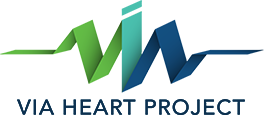What is an AED?
Automated External Defibrillators (AEDs) are portable devices, designed for everyone to use. Thanks to the audio prompts built into the AED, even an untrained bystander will know exactly what to do in the event of a cardiac emergency.
The only effective treatment for sudden cardiac arrest (SCA) is access to defibrillation via the AED. Defibrillation delivers an electrical shock that stops the heart from quivering and allows it to regain a normal rhythm. The defibrillator will administer a shock only if the device’s internal technology deems it medically necessary. There is NO reason to hesitate. You cannot hurt someone using an AED.
The time it takes for a bystander or EMS personnel to administer the first defibrillator shock is critical in SCA victim survival. Without immediate access to an AED, a sudden cardiac arrest victim has less than a 10% chance of surviving.

How do I use an AED?
Bring an AED to the scene if someone is unconscious, non-responsive, not breathing, or breathing abnormally.
Use the AED as soon as the device arrives.
All AED units guide rescuers step-by-step through the potentially life-saving process.
There are many AED brands, but they all work in the same easy manner.



The AED will reanalyze the victim’s heart every two minutes, allowing you to perform CPR. Follow the device’s audio prompts until medical personnel arrive. Never take the electrodes off a victim, even if the person wakes up. Only trained EMS personnel should remove the electrodes.
AEDs awareness is on the rise and the devices will hopefully become standard equipment–much like a fire extinguisher–in all places where people gather.
AED Models
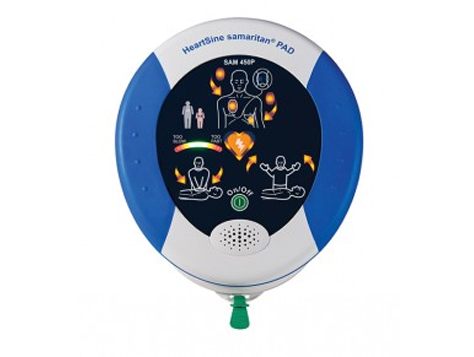
Heartsine Samaritan 350/360/450

Avive Connect
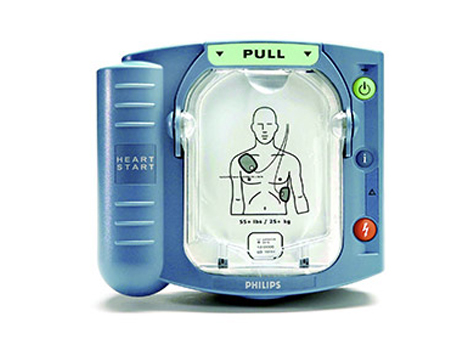
Phillips On-Site (approved for home use)
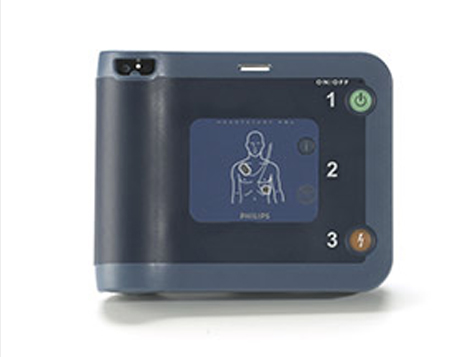
Phillips FRX
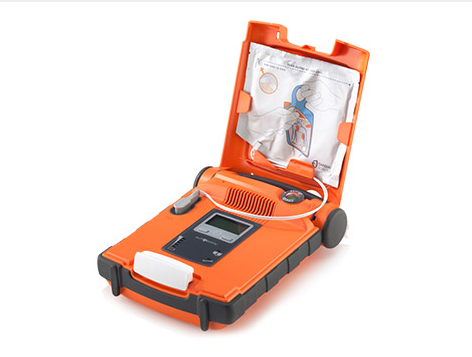
Cardiac Science Powerheart G5
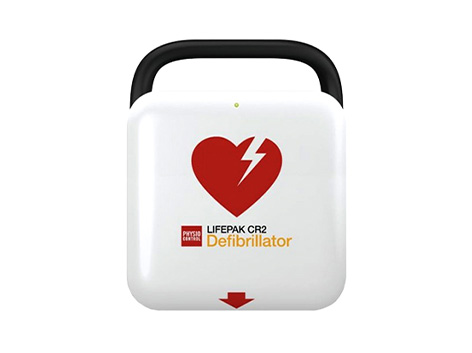
Physio Control Lifepack CR2
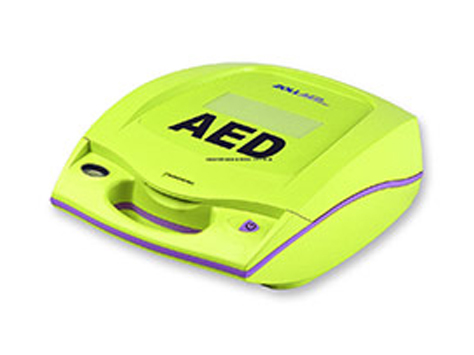
Zoll AED Plus
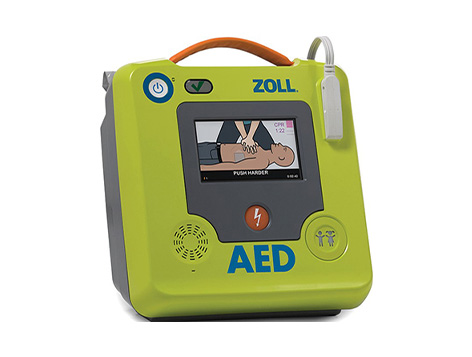
Zoll AED3

Defibtech Lifeline
What is an AED?
Automated External Defibrillators (AEDs) are portable devices, designed for everyone to use. Thanks to the audio prompts built into the AED, even an untrained bystander will know exactly what to do in the event of a cardiac emergency.
The only effective treatment for sudden cardiac arrest (SCA) is access to defibrillation via the AED. Defibrillation delivers an electrical shock that stops the heart from quivering and allows it to regain a normal rhythm. The defibrillator will administer a shock only if the device’s internal technology deems it medically necessary. There is NO reason to hesitate. You cannot hurt someone using an AED.
The time it takes for a bystander or EMS personnel to administer the first defibrillator shock is critical in SCA victim survival. Without immediate access to an AED, a sudden cardiac arrest victim has less than a 10% chance of surviving.

